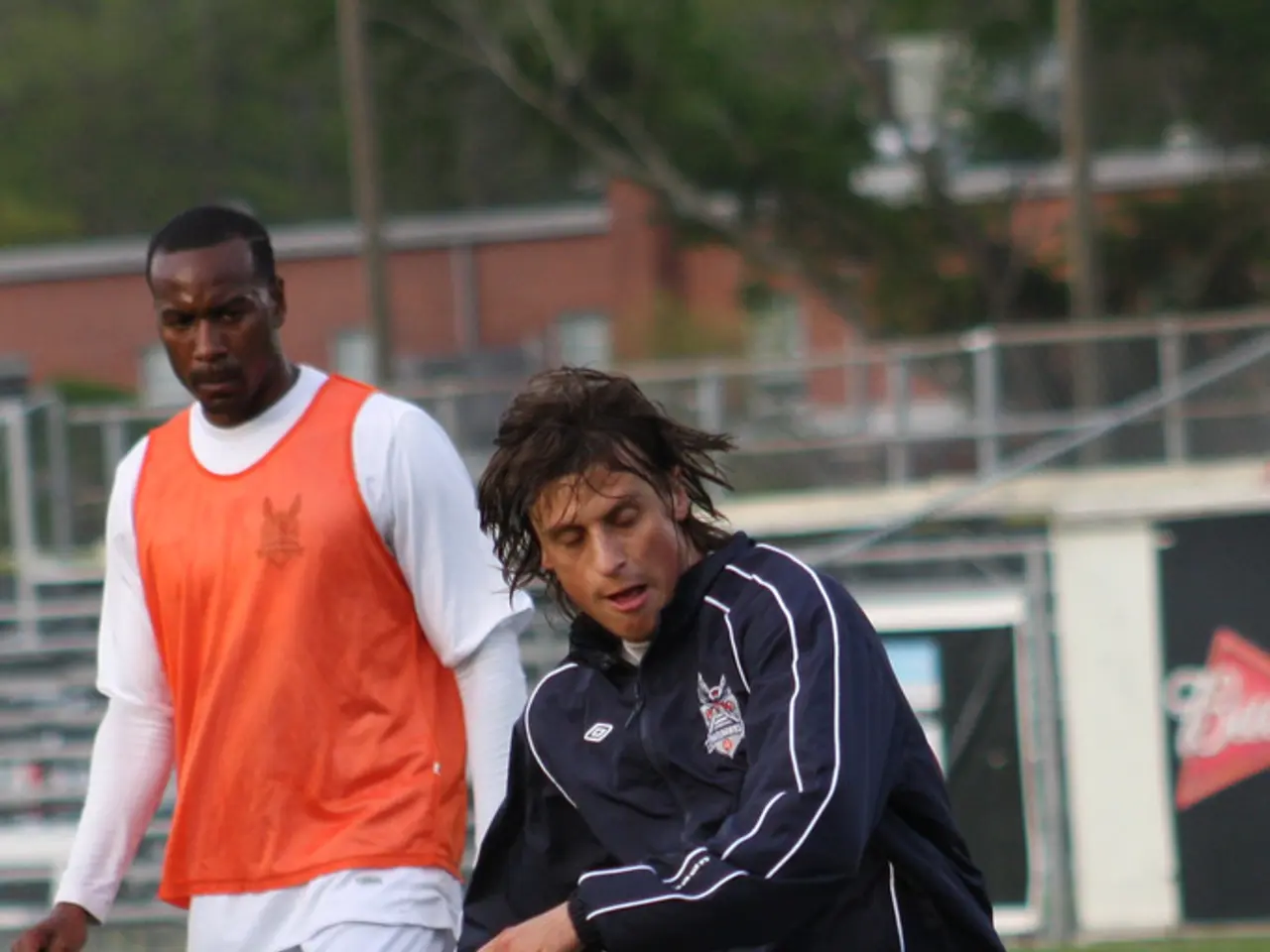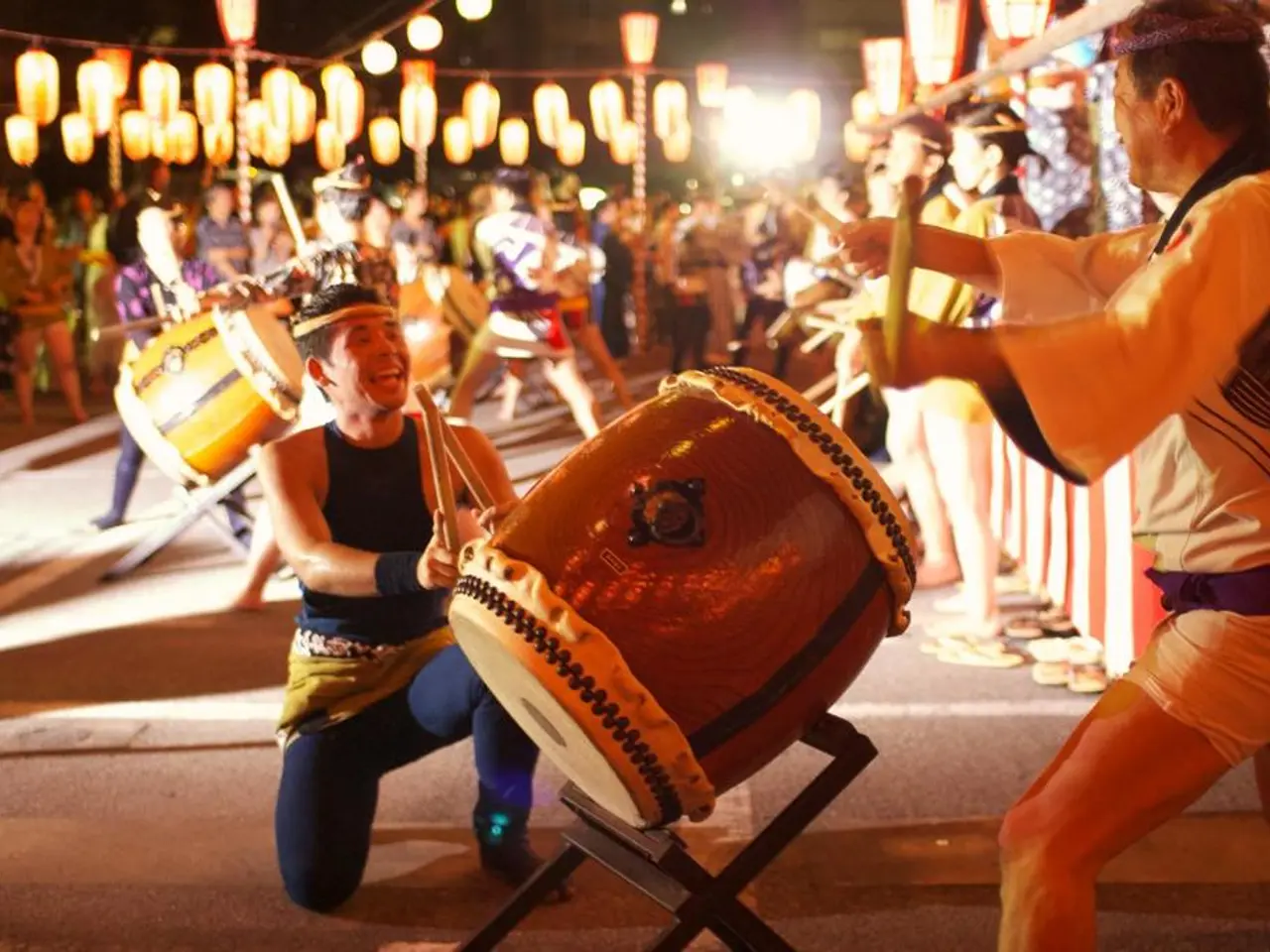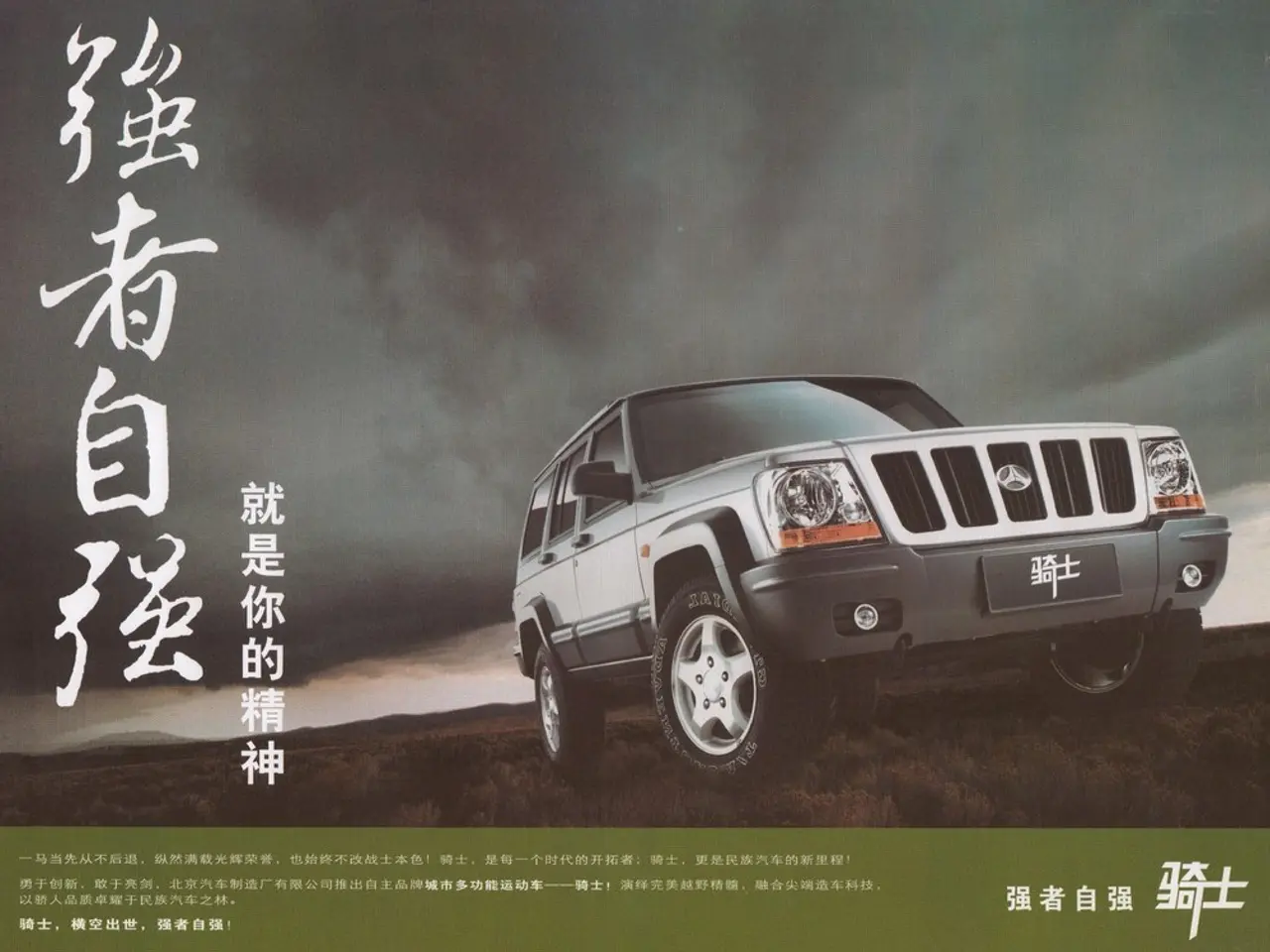Gather Together and Remain United
In a media release dated December 12, 2021, the Mountain Safety Council (MSC) shared insights from the coroner's report on the 2019 death of Aleksandr Tsygankov, a 40-year-old Russian tramping enthusiast who lost his life in Arthurs Pass, New Zealand.
Common causes of search and rescues in New Zealand's hills (tramping) include becoming lost, sudden worsening of weather conditions, slips, falls, and hypothermia. These incidents often occur when trampers are unprepared for rapid changes in terrain and weather or misjudge the difficulty of the route.
To avoid tramping fatalities, the coroner's report emphasizes the following key safety measures:
- Adequate preparation: Know the route and conditions beforehand, carry appropriate gear including navigation tools, warm clothing, and sufficient food and water.
- Weather awareness: Monitor weather forecasts closely and be ready to alter plans or turn back if conditions deteriorate.
- Navigation skills: Maintain strong map and compass skills to avoid becoming lost.
- Communication: Carry and know how to use emergency communication devices such as personal locator beacons.
- Group safety: Travel with others when possible and inform someone reliable about your plans and expected return.
The report also suggests that more systematic education and awareness about the risks of tramping in New Zealand’s often challenging hill environments could reduce fatalities, as many rescues result from underestimating the environment and overestimating one’s capabilities.
The heuristic trap of being 'goal focused' is a common factor in outdoor recreation incidents and contributes to 38% of tramping fatalities, according to recent research by MSC. If the group's pace is not quick enough to achieve the objective within the time available, then the objective needs to change, not the group speed or group composition.
The MSC extends its condolences to Tsygankov's family and tramping partners. The coroner's report encourages against separating from a tramping party in New Zealand's hills. Stay in constant communication with each other, and decisions about changes of plans should be made as a group and agreed to by all group members.
Group equipment such as maps must be available to all members to access and use if required, and multiple copies should be carried. If not confident in location or unable to see a way out of high-consequence terrain, stop and consider options. Stay warm by applying spare clothing, try to identify where you are, and use emergency communication device to call for help.
Decisions to separate from a tramping party should only be made in emergency situations, and even then, the risks should be evaluated and mitigated. The MSC advises sticking together in challenging terrain to ensure access to shared group items like maps, communications devices, first aid kits, and emergency shelters.
The tramping party that Tsygankov was part of separated while tackling a challenging route above Crow Hut, including the exposed ridges of Mt Guinevere and Mt Lancelot. The coroner's findings are attached in the media release. The website was asked to provide a report on possible scenarios that led to Tsygankov’s death and make recommendations to prevent similar deaths.
Sports such as tramping in New Zealand's hills require careful preparation and adherence to safety measures to minimize risks. To prevent fatalities, one should always be aware of weather conditions, carry appropriate gear, maintain navigation skills, and communicate effectively with other trampers. Separating from a tramping party should be done only in emergency situations, and even then, the risks should be evaluated and mitigated.







